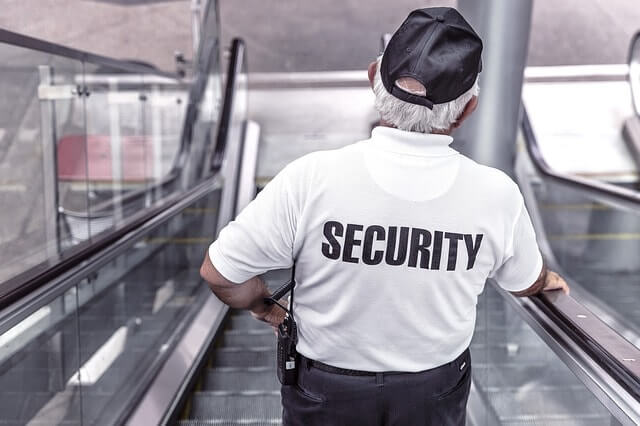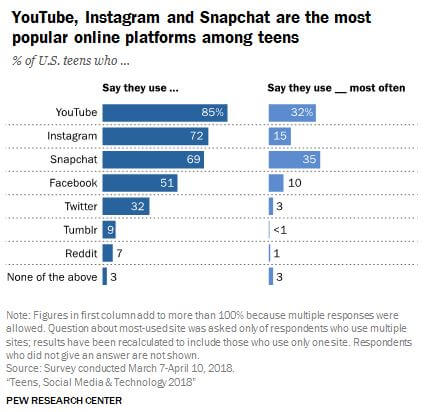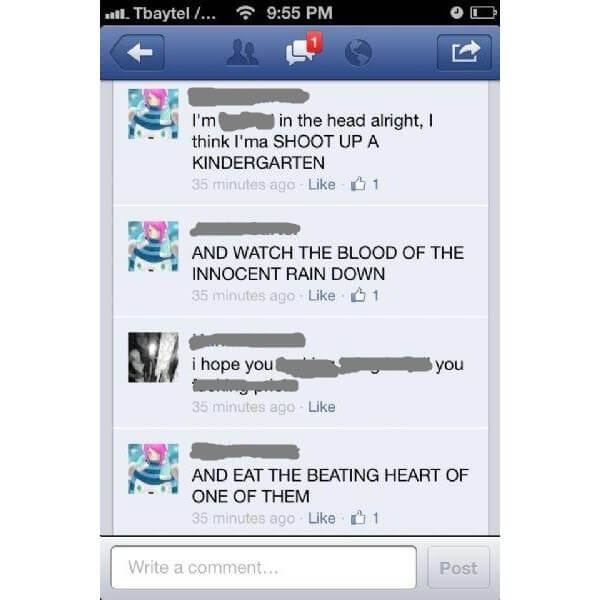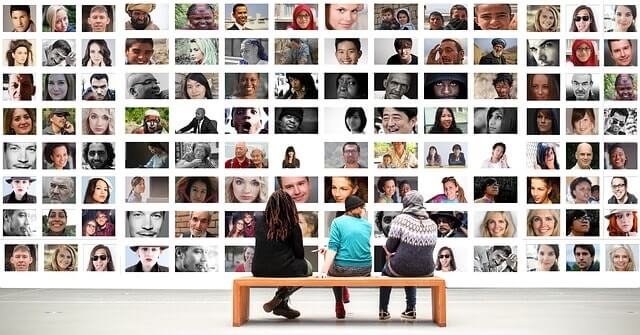Should Schools Monitor Students in Social Media?
Should schools monitor students in social media?
There are valid reasons that support both sides of the coin: why schools should monitor social media, as well as why schools should not monitor social media. Those who would prefer to avoid it fear that schools, by monitoring student activity on social media, are encroaching on civil rights to free speech and privacy. Meanwhile, advocates are concerned that dangerous situations which could be prevented – by monitoring social media in schools – will continue to pose a threat to student body safety.
It may have been a source of controversy when it was first introduced, but a number of schools are already actively monitoring their students’ social media.
At the risk of playing devil’s advocate, perhaps the question isn’t should schools monitor students’ social media but rather how should schools do this?
What should schools monitor to correctly identify potentially dangerous situations that need to be handled immediately? What kind of training should schools provide their staff to effectively deal with problems discovered by monitoring social media?

School systems in Orange County, Florida are already monitoring student activity by tracking mentions of keywords related to cutting, suicide threats and cyber bullying on students’ public social media accounts with social listening tools. Monitoring the posts that their students share online in social and other forums on the Internet has allowed schools to prevent devastating situations from happening, even save a life:
“We were able to intervene in what could have been a deadly situation of a child threatening to commit suicide… you can’t argue with the importance of keeping our students and our staff safe” states Shari Bobinski, Orange County Public School board spokesperson.
How does social listening (aka social media monitoring) work?
It’s not about hacking into private e-mails or accessing private messages in students’ social media accounts (let’s leave that to Cambridge Analytica and FB).
Social media monitoring works by tracking public mentions of specified keywords and phrases in social media and across the web. A media monitoring tool like Brand24 can also be set up to alert users (such as school faculty or security staff) immediately whenever their keywords (like guns, bullets or knives) are used online.
Setting up required and excluded keywords will notify your security team when your keywords appear in conjunction with other phrases (like school or they’ll be sorry). This way, staff members are able to quickly identify potentially dangerous situations for further investigation.
How does monitoring student activity on social media help prevent dangerous situations from happening in schools?
Today’s social media-obsessed youth are facing a unique set of problems, which are amplified by technological advancements. According to research from PEW:
95% of U.S. teens ages 13-17 have access to a smartphone. 85% of teens are on YouTube, 72% on Instagram and Facebook today has a user base that’s comprised of 51% teens.

Fact is: today’s students are online, and if they’re not, it’s not hard to find a way to connect.
Issues that students face today aren’t necessarily caused by social media, but are quickly exacerbated by easy access to the Internet, and can certainly be detected online.
Some of these issues include cyber bullying, school shootings, bomb threats, other acts of violence in the classroom, and increasing depression and suicide rates. The numbers for suicide among youth are shockingly grim. According to the CDC (Centers for Disease Control and Prevention):
Suicide is the third leading cause of death among persons aged 10-14, the second among persons aged 15-34, the fourth among persons aged 35-44, the fifth among persons aged 45-54 years, the eighth among persons 55-64 years, and the seventeenth among persons aged 65 years and older.
Suicide is the third leading cause of death among 10-14 year olds.
Let that sink in.
This is a very big part of what schools are trying to prevent by monitoring what their students are posting on the Internet.
It’s really not an overstatement to say that social media has grown to be an essential part of our daily routines. As it becomes increasingly common for students (and not only) to share their opinions and other personal details online, nearly all aspects of our lives have also become more ‘public’ than they used to be. This makes it easier to monitor and detect certain types of activity today – specifically, for schools to monitor student activity on social media and detect potentially dangerous situations so they can be prevented.
How does monitoring social media in schools affect student privacy and the right to free speech?
Monitoring social media is NOT the same as policing social media.
The practice of social media monitoring itself is based on paying attention to the public usage (not hacking into e-mail accounts and accessing personal messages) of certain keywords and phrases online. For schools monitoring social media, these keywords could alert them to potentially harmful instances of bullying among students, dangerous cases of depression and suicide, child predators, inappropriate relationships with faculty, and other forms of abuse or violence.
Advocates of monitoring social media in schools prioritize the early detection and prevention of potentially dangerous situations, though concerns regarding the censure of personal opinions and free speech have been raised. Generally speaking, schools monitoring social media should be focused on the safety of their student bodies (emphasis on should) rather than policing personal opinions.
Yes, sometimes people don’t take social media very seriously and use it as an outlet to vent and say irresponsible things. Or they make ‘jokes’ that are actually more terrifying than funny.

According to research from non-profit organization ESSN (Educator’s School Safety Network), the frequency of bomb threats directed at schools has grown in recent years.
The total number of school-based bomb threats and incidents in the 2016-2017 school years (829) is a 27% increase from the 2012-2013 years.
Reasons for the increase are unclear, though research shows that most bomb threats are coming from social media.
How do you know if a threat is real or just a prank? Where do you draw the line?
There isn’t really a cut and dry way to tell, but the fear of history repeating itself (such as with the tragedies that occurred in Virginia Tech, Columbine High School, and the Newtown school ) is enough to keep many people on edge. That’s why police officials have been observed treating threats of school violence on social media as real and credible sources. And cases of cyberstalking and cyberbullying connected to suicide among 12-year-olds (suicide is the third leading cause of death among 10-14 year olds) are certainly no laughing matter.
Should schools monitor students’ social media?

It’s a sensitive topic, but in this former student’s humble opinion, students have long been ‘monitored’ in person (albeit in a more limited capacity). Whether it’s other fellow students having noticed signs of anorexia among their peers (and informing the school nurse) or concerned parents who have surreptitiously gained access to their children’s email accounts, our daily activities have never really gone completely unnoticed.
The advent of smartphones and social media have only made monitoring easier. There’s a little bit of an exhibitionist in many of us; people love to document their activities on social media. We ‘check in’ to various locations; we openly ask for recommendations; we share photos of our latest adventures (even what we ate for breakfast); we engage in online conversations and create countless threads about buzzworthy news, gossip, and our favorite or least favorite products or services. To be honest, we don’t exactly make it difficult for people to ‘follow’ (aka monitor) us. Especially students.
And much like gossip has the potential to spread to the very person that it’s about, the same goes for our posts on social media. The only difference is, gossip can fade away, but documented posts on social media are much more difficult to erase.
The topic is not without controversy, and raises even further questions. How long should schools store data from monitoring students on social media? Should employers also monitor employee activity on social media? (I’m almost certain that Domino’s would be in favor of this, given the massive social media fail that their PR department had to deal with after videos of their employees performing lewd acts with their pizzas were posted on YouTube.)
What are your thoughts on the matter? Should schools monitor students in social media?